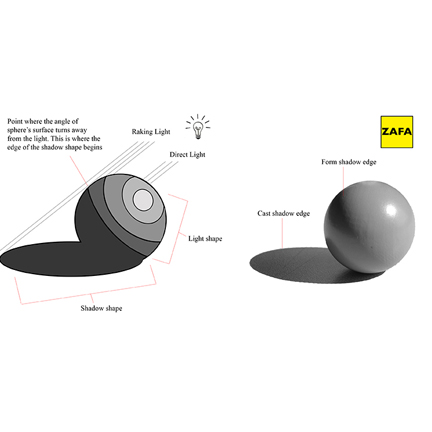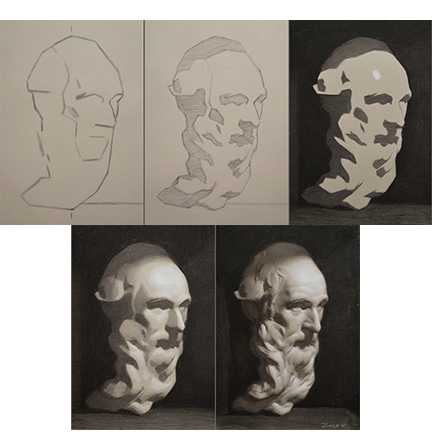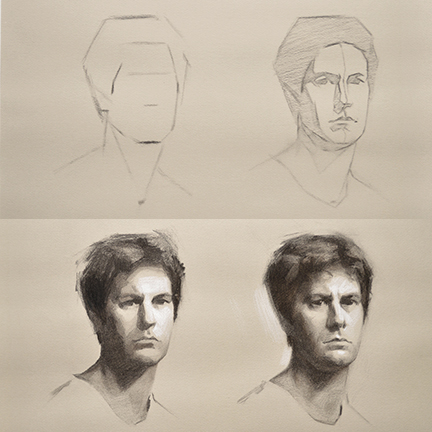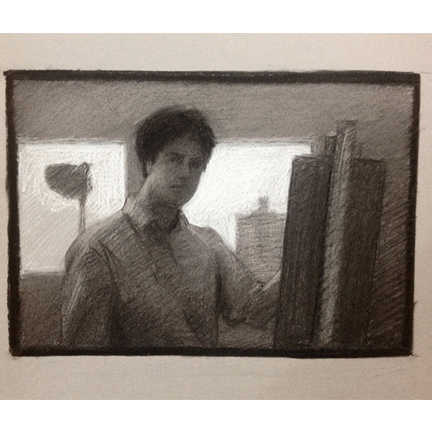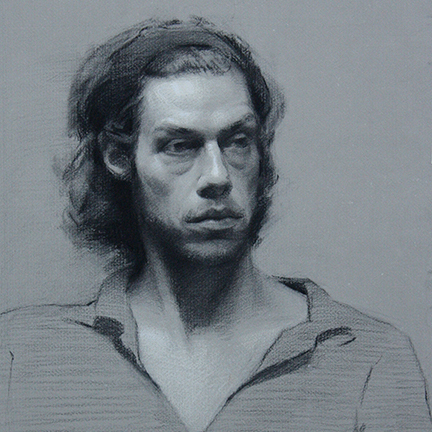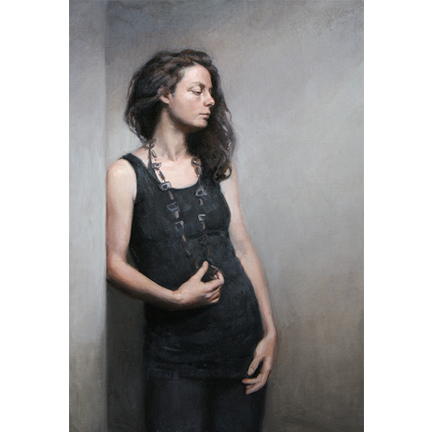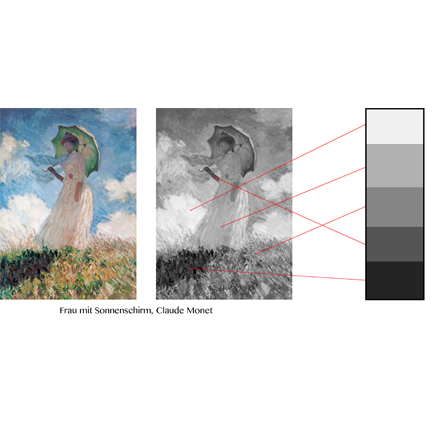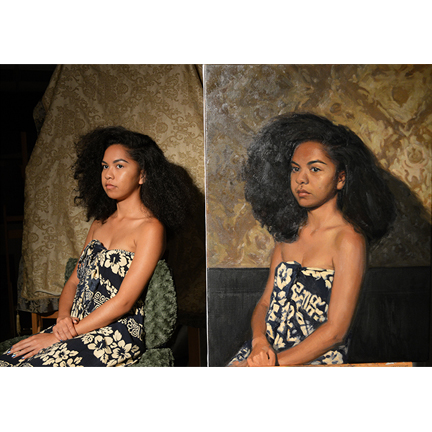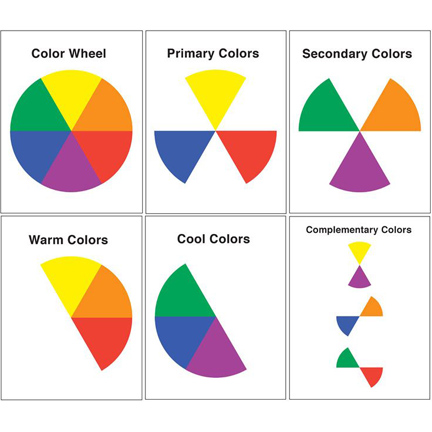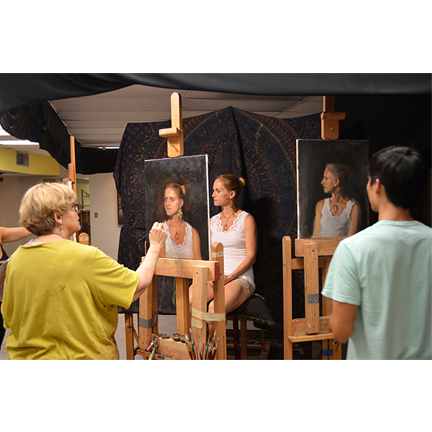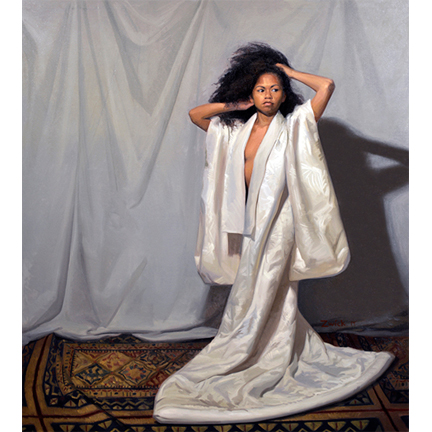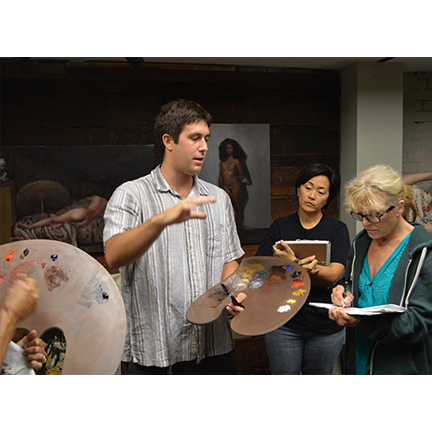An introduction to portrait drawing and painting
Painting portraits is a challenging undertaking. The goal of this workshop is to break down the different elements that make up a portrait. This class will provide students with a set of tools and systematic approaches that will help them work though the different stages of a portrait efficiently and with confidence.
Creating a good portrait painting always start with an ability to draw accurately. This is fundamental. In this workshop we will first cover various tools and techniques an artist can use to help improve one’s artistic eye and see proportions and shapes more accurately. These tools are effective, not only for portraiture, but for classical drawing and painting more broadly as well, and are invaluable to any artist.
One of the challenges of portraiture is understanding the heads position in space and how the various features work together to give the viewer an accurate impression of the whole. This workshop will discuss useful anatomical landmarks associated with the head, neck and shoulders. These landmarks make it much easier to understand the orientation of the head and shoulders and give an artist a good starting point when mapping out a portrait.
After the initial proportions and drawing have been addressed, values become the next hurtle to overcome for an artist. Values are one of the most important elements of creating a realistic image. They are what is responsible for making an object feel like it has three-dimensionality. Values also inform the viewer about the type and direction of light falling on the object. A painter or draftsman can use values to show the planes of the object much like a chisel is used in the hands of a sculptor. Values also play a large role in creating an effective composition and focal point in a drawing or painting. During this workshop, students will be given a systematic approach to efficiently organize and utilize values within a drawing or painting.
Color is another challenge to overcome with portrait painting, and painting in general. This workshop will cover the mechanics of how color mixing with oil paint works. As much as color mixing itself is important, how an artist organizes their color mixtures on their pallet is perhaps even more important. This workshop will discuss two different approaches to pallet organization that will help make the painting process, and the mixing of skin tones much easier.
During this workshop, students will first work with charcoal in order to focus on drawing techniques and explore values without the added challenges paint presents. The workshop will then turn to discussing color and oil painting techniques. During both the drawing and the painting portions of the workshop, students will first work from photo references as they are introduced to concepts, then have the opportunity to apply what they have learned while working form a live model.
I hope you can join ZAFA for this exciting workshop.
Details
10, 3 hour classes
November 16th to December 15th
Saturdays and Sundays from 4-7PM
This course is $440
Art classes are more fun when shared with a friend, bring a friend who has not taken one of our courses before and you will both receive a %10 discount off of the listed workshop price.
To claim the discount, please indicate who you are singing up with in the "message" section of the registration form.
To register for this workshop, fill out and submit the registration form below.
Testimonials
“Even after getting my Art B.A. I still learned a lot that I wouldn’t have at a university.
”
“This month in your class has left me feeling like I finally understand an aspect of brushwork that had been eluding me.
I will be encouraging the artists I know to come learn from you.
”
Get information about upcoming workshops, model sessions, and ZAFA news
